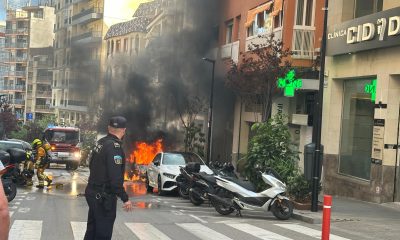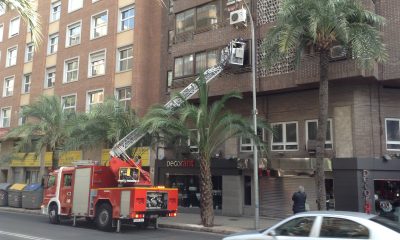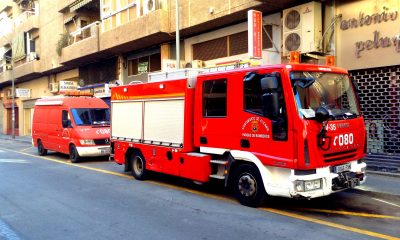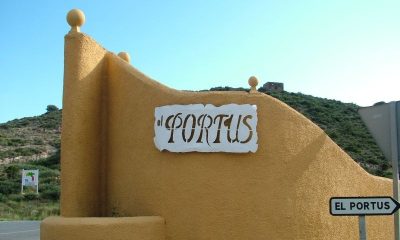News
The Vega Baja only recycles 402 tons of organic waste per year

According to data from the Vega Baja Sustainable Consortium for the 2024 financial year, approximately 400 tonnes of organic waste, which accounts for only 0.2% of the 190,000 tonnes of household waste generated by the 27 municipalities of Vega Baja, are separated from the rest of the rubbish for recycling at the recovery plants.
This insignificant percentage positions recycling at source in Bajo Segura light years away from the objectives established by European, state, and regional legislation, which specify what should not be buried in authorised landfills and recovered. The regulations stipulate that it should constitute 55% of the total by 2025, increasing to 60% by 2030 and 65% by 2035.
The brown container, which is indispensable for the efficient collection of selective refuse, is not a mere whim of environmental consciousness. It is also a highly practical and economically sustainable issue. It is estimated that approximately 40% of household refuse is organic waste. In the case of the Vega Baja, this would amount to 76,000 of the 190,000 tonnes of waste collected annually.
Modern disposal facilities can recycle a portion of the residual fraction; however, the organic fraction is the most critical. The economic interest of the industry that uses these materials for packaging would substantially reduce waste generation and, as a result, the costs of its disposal and transportation if the total weight reduction is achieved by recycling paper, cardboard, glass and plastic, which have high percentages of reuse circuits.
A situation that would, in turn, enable a decrease in the tax revenue collected, which is already being experienced by all residents of Vega Baja.
All decomposable refuse, including food scraps, vegetables, fruits, meat, fish, eggshells, and nuts, is included in the organic waste category. In the majority of municipalities, these wastes are now disposed of in the residual waste receptacle, also known as the grey container, and are not eligible for recycling.
However, the organic fraction can be recycled into compost for agricultural and other purposes if it is separated and its contents do not contain a significant amount of unsuitable material, such as other non-organic remains. The most significant aspect is that it would not require landfill disposal.
A statistic that substantiates the degree to which municipalities disregard the brown bin: Dolores, a municipality with a population of just over 8,500, recycles 207 tonnes, which is more than half of the total for the region. The implementation of a door-to-door collection system in nearly the entire municipality is producing positive results, despite the fact that it was not without controversy. The municipality’s dedication is the reason for the minor improvement in the dismal 2023 record, which saw only 30 tonnes of waste recycled at the regional level.
In 2024, an additional 105 individuals will originate from Torrevieja. This is a significant increase. The municipality that generates the most waste in the region, accounting for nearly 25% of the total 190,000 tonnes of household waste in the Vega Baja, has a resident population that multiplies during the tourist season and exceeds 100,000 registered inhabitants. The total waste generated is 49,000 tonnes.
An awareness campaign in schools, which removes organic waste from cafeterias, and a second, very limited, campaign among local hospitality businesses, which distributed tiny brown containers, are the sources of this organic waste record. In the city’s over 600 restaurants and cafes, these containers recycle only a small portion of this form of waste.
At the same time, the recycled organic fraction counter in Orihuela, the other significant generating municipality in the region, which collected over 45,000 tonnes of waste in 2024, remains at zero. The municipal service of the City Council, which has been precarious for more than a decade, is currently anticipating a decision to renew it.
Rojales, with 64 tonnes of selected organic waste, follows Dolores and Torrevieja on the select list of municipalities that are endeavouring to comply with the legislation. This is also a negligible amount for a municipality with 20,000 residents that annually collects 9,000 tonnes of refuse from its streets. Another company that claims credit is Daya Vieja, which accounts for 6% of its production with 17 tonnes. The gate has been partially implemented in this municipality, which has a population of little more than one thousand and is the smallest in the region. Granja de Rocamora and Formentera del Segura also exhibit nearly identical figures.
The 2025 balance sheet should include Albatera, Redován, and Almoradí by the end of the year. This could significantly increase the figure, although it is still clearly insufficient as long as Torrevieja, Orihuela, Pilar de la Horadada (14,000 tonnes of waste collected annually) and Guardamar del Segura (another 9,600) do not participate.
The Vega Baja Sustainable Consortium anticipates that these figures will progressively rise. However, the implementation of the regional waste treatment plant is presently being processed, albeit with some difficulty, as a benchmark for the “leap” in compliance with waste legislation, in which Vega Baja consistently fails to comply with record-breaking regulations at the state level.
Discover more from Costa Blanca Daily
Subscribe to get the latest posts sent to your email.
Costa Blanca
Shock plan for the housing crisis in the Valencian Community
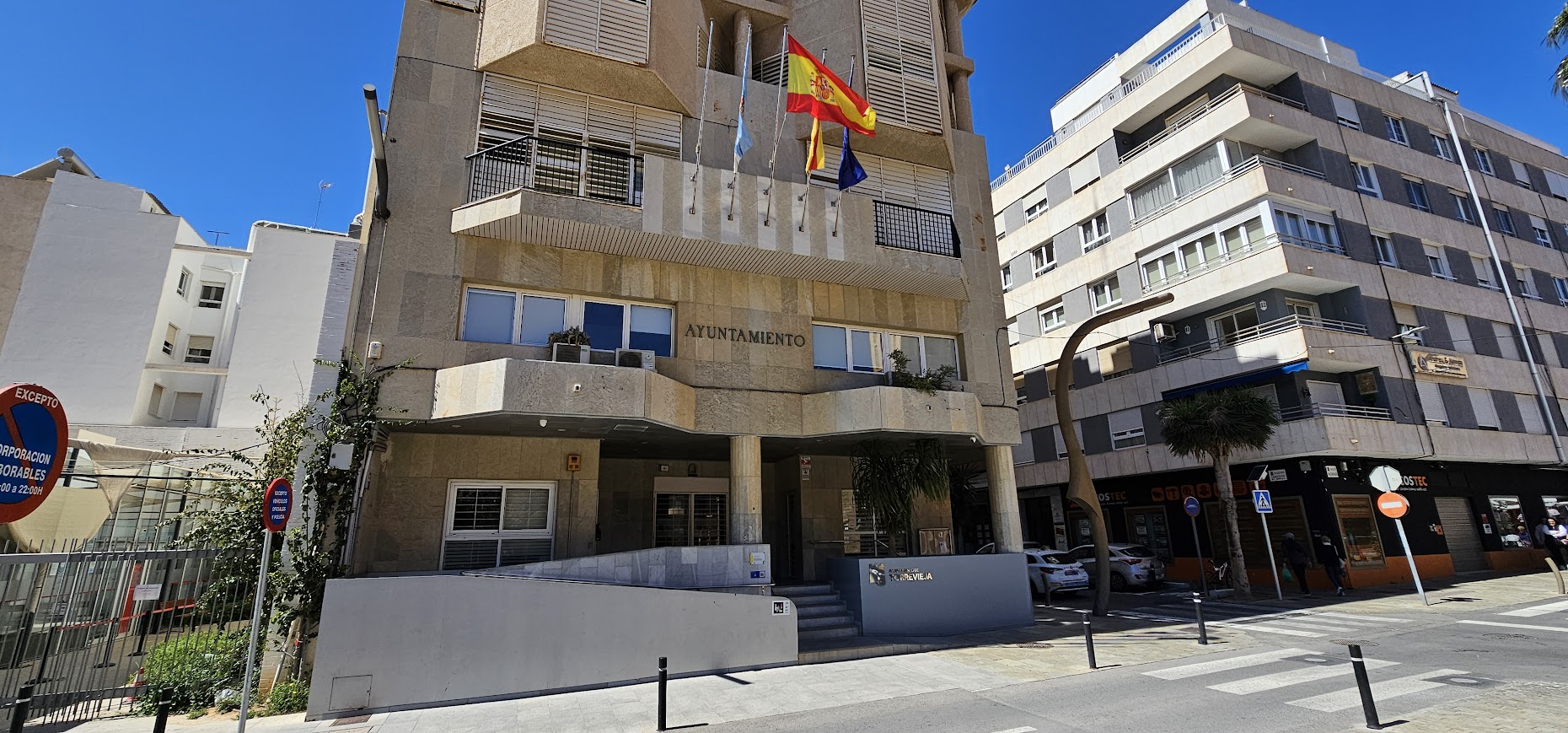
The Generalitat (the Catalan government) is in the process of finalising the initial phase of its emergency plan to address the housing crisis in the Valencian Community. On Tuesday, April 29th, the Generalitat received the final pending proposals for the construction of subsidised housing units which include 629 homes in Torrevieja.
This announcement is the result of the tendering process that was published in December and is the responsibility of the Ministry of Social Services, Equality, and Housing. At that time, President Carlos Mazón evaluated the transition from “zero public housing in eight years” to “the bidding process for 1,675 social housing units in the Valencian Community by the end of 2024.”
The Valencian Housing and Land Authority is responsible for the implementation of this system, as the First Vice-Presidency of the Consell has noted. The barter of land in exchange for construction facilitated a process for which this entity is accountable.
The initiative has been most widely adopted by municipalities in the province of Alicante. Elche, Sant Joan, Sant Vicent del Raspeig, Torrevieja, Vila Joiosa, and Xàbia have also joined, in addition to the capital. Castelló, Gandia, Sagunt, and Valencia are the four additional municipalities that have joined these.
The deadline for submitting proposals in all of these municipalities expired in March. The only bidder to receive a one-month extension was Torrevieja. The ministry’s statement emphasises that “the interest generated was so substantial that 31 companies submitted bids”, some of which were for multiple plots.
Six companies have submitted proposals for Torrevieja, where the construction of approximately 629 residences is scheduled to commence. The deadline for submission is now approaching.
The Consell established the Vive Plan of the Valencian Community, which includes these actions. The plan’s objective is to use available public land, both regional and municipal, to construct protected housing.
Currently, the Generalitat (Catalan Government) is forming numerous contracting committees to oversee the execution of these tenders. The First Vice-Presidency recently announced the proposed award to two companies for the construction of 72 houses in Elche and an additional 29 homes in the Garbinet area of Alicante. Sixteen of these 101 residences will be incorporated into the Generalitat’s public housing inventory.
This is all part of the Valencian Government’s objective to promote the construction of affordable, social housing to address the current housing crisis. The Generalitat (Catalan government) maintains that this initiative is being enthusiastically received and emphasises that it has “promoted substantial interest in the industry.” The objective is to construct 10,000 social housing units during this period.
Discover more from Costa Blanca Daily
Subscribe to get the latest posts sent to your email.
Costa Blanca
A municipal vehicle was engulfed in a terrifying fire in the heart of Calpe
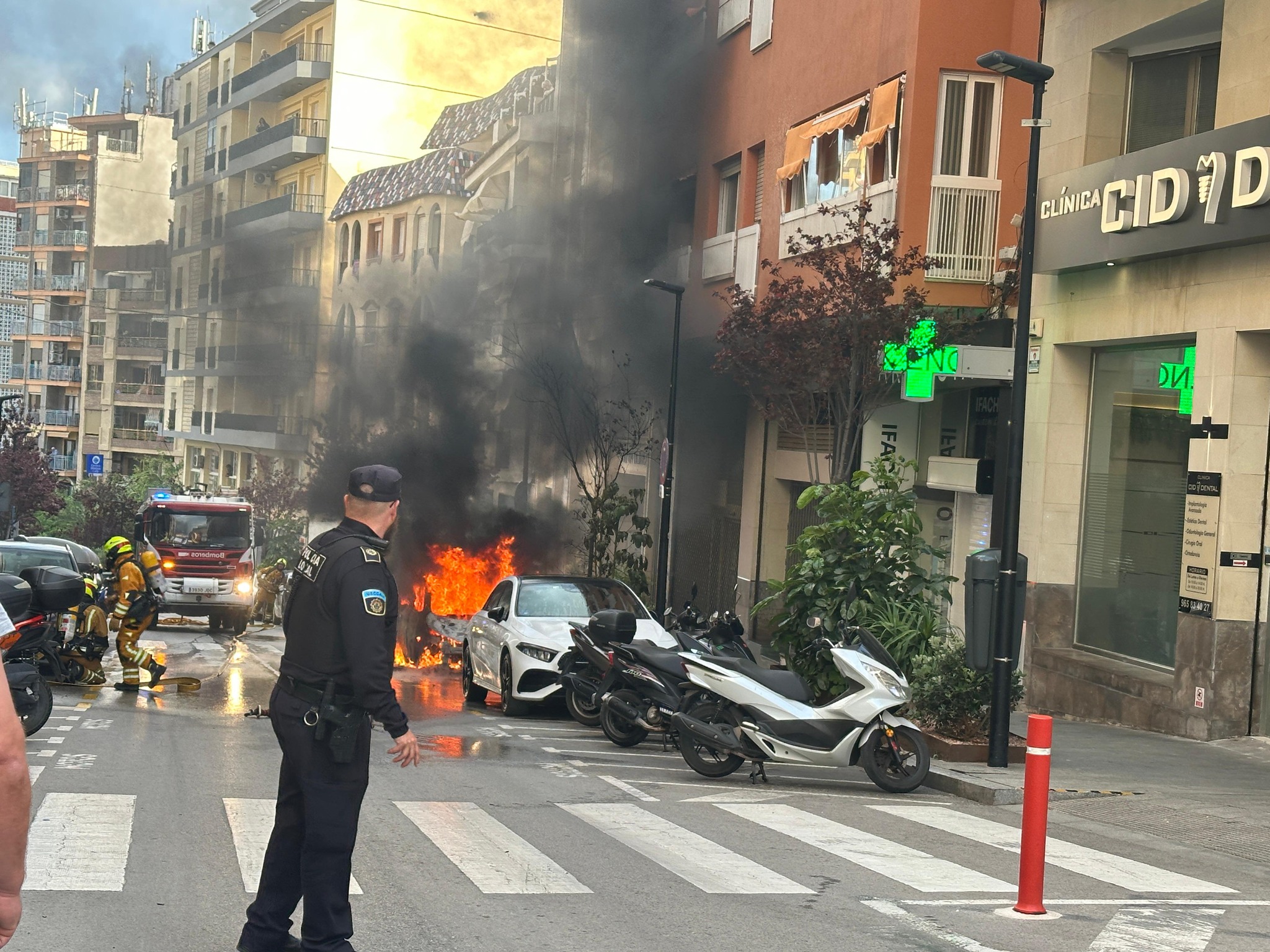
“Be careful, smoke is coming out.” And it was coming out. That intensely black smoke turned into a terrifying fire that engulfed a municipal vehicle. The cause is unknown. Flames engulfed the electric car, which was charging in front of the town hall. The council is renting it.
Local police units were dispatched to the scene and, according to initial reports, moved other vehicles to the side to prevent the flames from spreading. They heard explosions. Firefighters from the Benissa unit arrived and brought the blaze under control. The area, in the heart of Calp, had to be cordoned off. There was tremendous excitement. Life in such a central location came to a halt. All this happened around 7:30 a.m. yesterday, Tuesday, April 29th.
Discover more from Costa Blanca Daily
Subscribe to get the latest posts sent to your email.
Costa Blanca
Fire Consortium carried out 65 rescues and transported people to hospitals in the province of Alicante
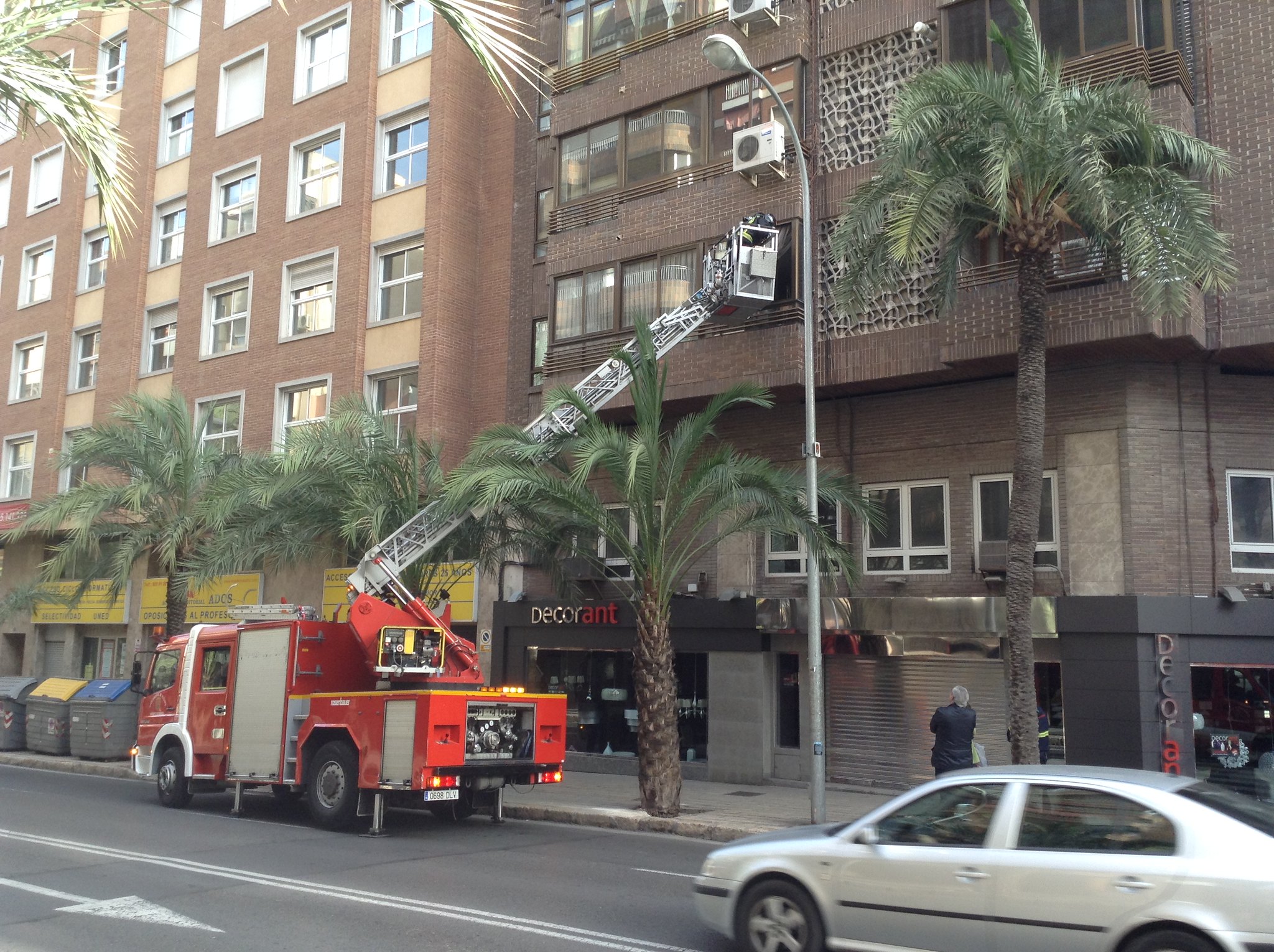
The Provincial Fire Consortium has conducted 65 operations during the blackout, the majority of which involved the opening of lifts to rescue individuals who were confined. The Provincial Council reported on Tuesday, April 29th, that the operations also involved the transportation of individuals who required oxygen to hospitals and the provision of fuel to nursing homes and hospitals.
Yesterday, Toni Pérez, the President of the Alicante Provincial Council, commended the emergency services of the provincial institution and those of its dependent centres for their performance during the power outage. He also emphasised that the provincial services, particularly those of the Fire Brigade Consortium, were bolstered to address all emergency calls, as well as other responsibilities related to computer and social assistance.
“The Provincial Council has been coordinating the necessary actions to manage this unprecedented nationwide power outage and to ensure the emergency requests received, especially those related to the safety and well-being of the most vulnerable groups in our province,” explained the president. He also assured that, since the incident, various assistance and prevention services have been intensified and will continue to be so throughout the day to fully restore services.”
The president, who participated remotely in the CECOPI meeting that was urgently convened by the Valencian Agency for Security and Emergency Response yesterday afternoon, stated that the meeting “emphasised the importance of logistical support for the region’s health centres to ensure their normal operations.”
In addition, provincial emergency services were fortified with seven forest firefighting units last night to mitigate potential fire hazards in rural areas in the event of any issues with power lines.
According to the Provincial Council, approximately 110 professional firefighters are on standby for any additional circumstances that may arise this Tuesday.
Concurrently, the Institutional Support and Local Entities Unit, which supervises the Provincial Council’s IT and Telecommunications Service, was engaged in the restoration of IT support services to the province’s 141 municipalities from the early hours, working throughout the day until midnight and commencing at 7 a.m. yesterday. At present, the majority of online municipal applications are operational, and those that pertain to accounting and census are entirely operational.
The Provincial Council has reported that the Antonio Fernández Valenzuela Provincial Home and the Doctor Esquerdo Centre have not experienced any incidents, as they have their own generators that enable them to operate as usual throughout the day.
In contrast, Suma has disclosed that its 47 locations are outfitted with UPS (Uninterruptible Power Supply) systems to guarantee service continuity during power fluctuations and to provide backup power for brief periods. The availability of power in certain regional offices, payment payment systems, and access to bill payment management platforms were the primary incidents that affected customer service, resulting in an 80% return to normal.
This incident has enabled Suma to effectively activate established security protocols, thereby demonstrating the efficacy of the contingency systems and response capacity to unforeseen situations, as per the Provincial Council.
Discover more from Costa Blanca Daily
Subscribe to get the latest posts sent to your email.
-
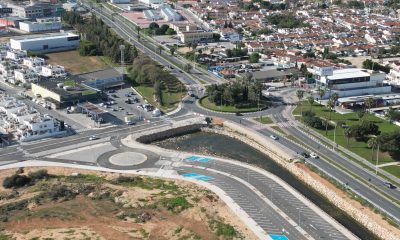
 Costa Blanca1 week ago
Costa Blanca1 week agoTorrevieja fails to comply with its commitment to open new road at La Hoya for Easter
-

 Costa Blanca2 weeks ago
Costa Blanca2 weeks agoArrested in Murcia for activities linked to jihadist terrorism
-

 Costa Blanca2 weeks ago
Costa Blanca2 weeks agoBenidorm will celebrate the 40th ‘Bike Day for All’ on May 4th
-

 Costa Blanca2 weeks ago
Costa Blanca2 weeks agoTwo new quad bikes to monitor the beaches of Benidorm
-

 Costa Blanca2 weeks ago
Costa Blanca2 weeks agoTorrevieja aims to have 200 local police officers by 2027
-
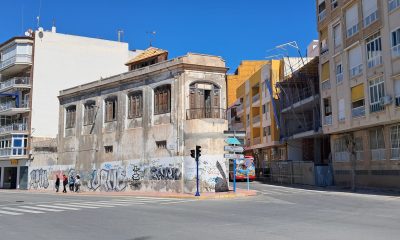
 Costa Blanca2 weeks ago
Costa Blanca2 weeks agoThe renovation of the Torrevieja ice factory will cost 6.6 million euros
-
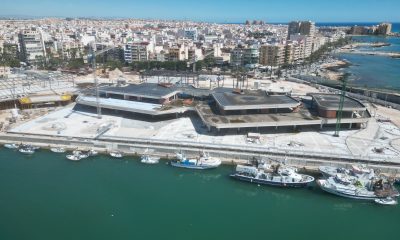
 Costa Blanca2 weeks ago
Costa Blanca2 weeks agoThe new leisure area of the port of Torrevieja postpones its opening
-

 Business and Financial2 weeks ago
Business and Financial2 weeks agoGoodbye to traditional credit cards: the most radical change is here, and banks confirm it



